Answers To All Of Your Real Estate Questions
How do I start the process of buying a home?
The first step in buying a home is getting financially ready. This means checking your credit, determining your budget, and getting pre-approved for a mortgage. A pre-approval letter helps you understand what you can afford and makes your offer stronger when you find a home you love.
Next, partner with a trusted real estate agent who knows your local market well. In Arizona, neighborhoods can vary significantly in price, amenities, and school districts, so having someone who can guide you through the process is invaluable. From viewing homes to making an offer, your agent ensures you’re making informed, confident decisions every step of the way.
Should I wait for interest rates to drop before buying?
What is a 2-1 buydown, and how does it work?
Who pays for the 2-1 buydown—the buyer, the seller, or the lender?
Can I buy a home with student loan debt?
What’s the benefit of using a buyer’s agent?
A buyer’s agent works exclusively in your best interest — guiding you through every step, from property searches to negotiation and closing. They have access to off-market listings, local insights, and deep knowledge of market trends.
In Arizona, the seller typically pays the agent’s commission, so as a buyer, you get professional representation at no direct cost. Having a buyer’s agent on your side helps protect your investment and ensures you don’t overlook critical details.
How do I choose the right neighborhood?
What should I know about HOAs in Arizona?
Should I buy a new build or a resale home?
What is earnest money and how much do I need?
What’s a home inspection and why is it important?
What does “as-is” mean in a home listing?
Can I make an offer on a home that’s already under contract?
How can I make my offer stand out?
What is a BINSR and how does it work?
GET MORE INFORMATION

